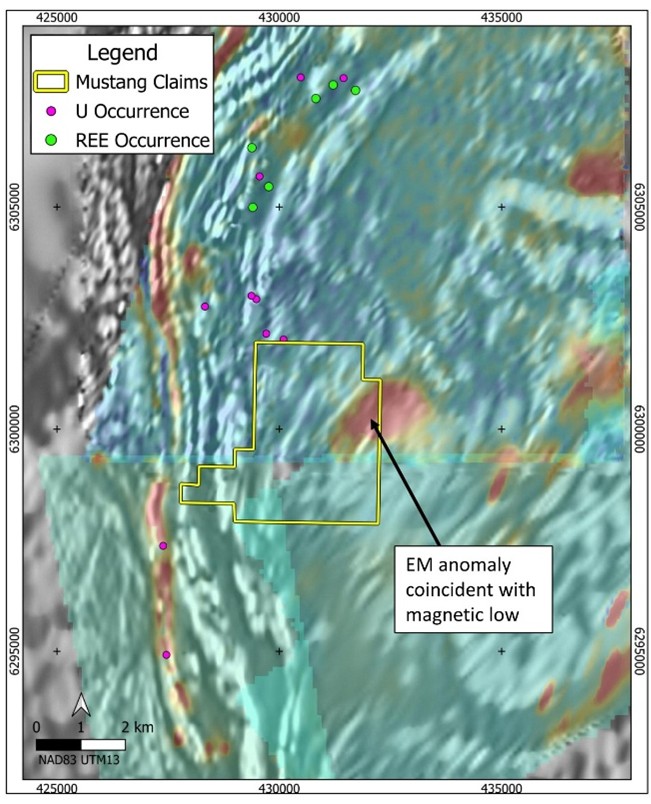Tariffs getty With the ever-evolving trade war and tariffs that likely include digital storage and memory products as well as other electronics it seemed like a good idea to point out that most of the worlds digital storage and memory products are made outside of the USA . Let’s look at the numbers. Digital storage and memory are where the data lives that will fuel the growth of AI training and applications and drive the growth of data centers.
For instance, high bandwidth memory used with GPUs uses stacks of DRAM. Revenue for DRAM used in all applications was more than $28B in CQ4 2024. According to Trendforce , Samsung and SK hynix, both based in Korea, together make over 75% of the world DRAM revenue, followed by Micron, based in the US, at about 22%.

The other DRAM suppliers are also based in Asia. Likewise, Samsung and SK hynix, including SK’s Solidgm business unit, made about 56% of NAND flash revenue in CQ4 2024. Kioxia and SanDisk, recently spun off from WDC, and with all NAND die manufacturing in Japan, together made about 26% of that quarter’s revenue.
Micron, the only one of these manufacturers with production in the USA, made about 14% of CQ4 2024 NAND flash revenue. Total NAND flash memory revenue in CQ4 2024 was about $16.5B according to Trendforce.
All hard disk drives are assembled in Asia with components that to into those drives mostly from various places in Asia, including China. Also, magnetic tape is manufactured in Japan as are many of the optical discs. In addition to manufacturing the storage and memory devices, many storage systems that use these devices are assembled in Asia with many of the other components locally sourced as well.
Coughlin Associates estimates that total HDD CQ4 2024 revenue was about $5.7B. Perhaps magnetic tape revenues were somewhat over another $1B.
Altogether, CQ4 2024 storage and memory revenue was somewhat higher than $51B. There are other standalone memory products on the market, but their shipping volume and revenue are much less than for DRAM and NAND Flash. So, aside from Micron, none of the other memory and storage suppliers make their products in the USA and thus these products could see at least 10% tariffs or higher, depending upon how these tariffs evolve.
Even Micron makes most of its leading-edge memory devices in Japan and Taiwan, although it is expanding its US manufacturing footprint in Boise, Idaho and Clay, New York, with advanced chips manufactured domestically in 2026. So, tariffs will likely lead to price increases for all types of memory and storage technology unless these products are made exempt from tariffs. This could impact the growth of new data centers for developing AI products and applications.
Most digital storage and memory devices are manufactured in Asia as are their components. Tariffs on these products will increase their costs and that could be a drag on data center growth to support AI and other applications..
Technology

Digital Storage And Memory Impact Of USA Tariffs

Most digital storage and memory devices are manufactured in Asia so tariffs will increase their costs.















